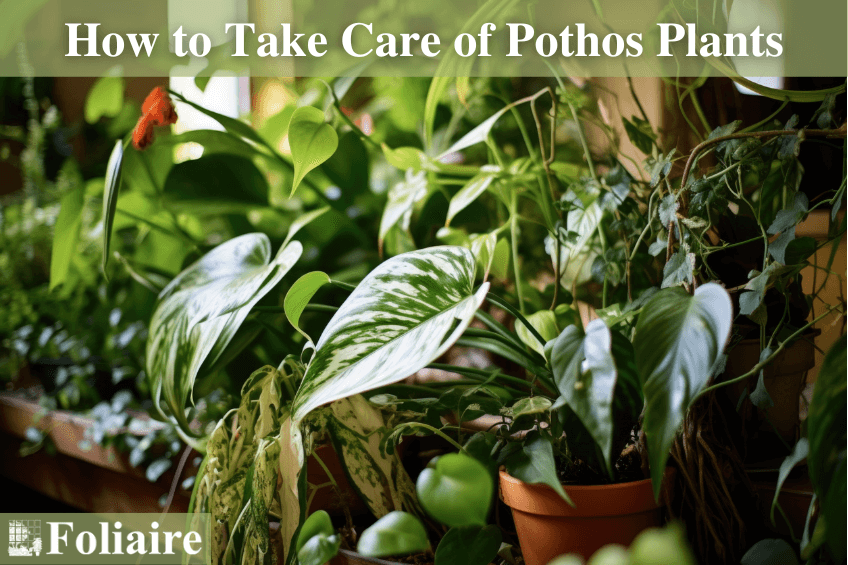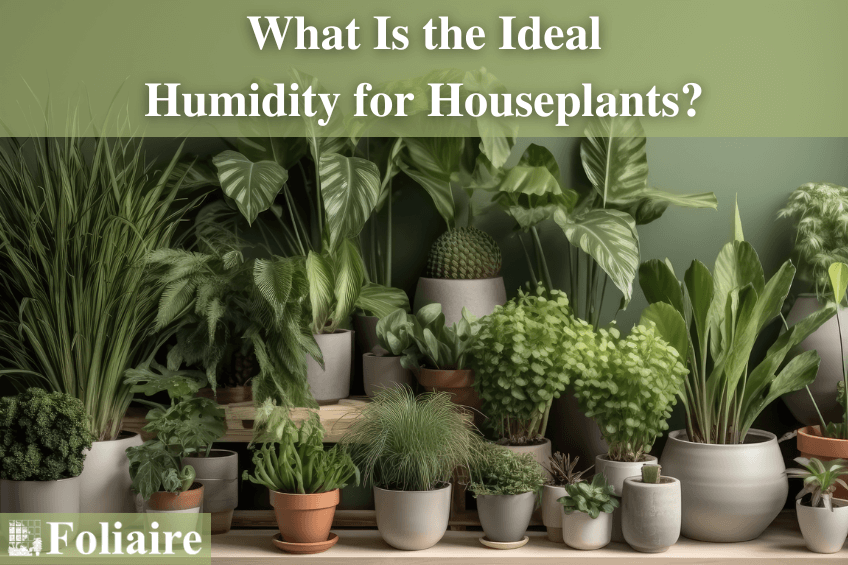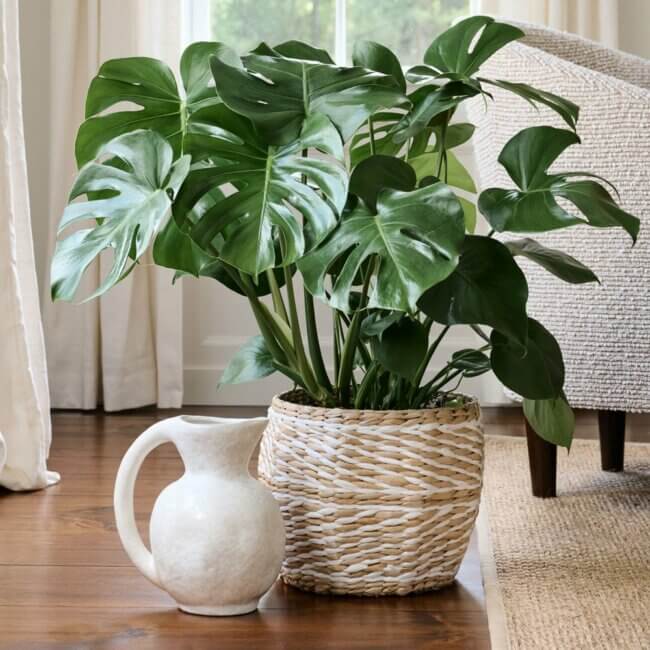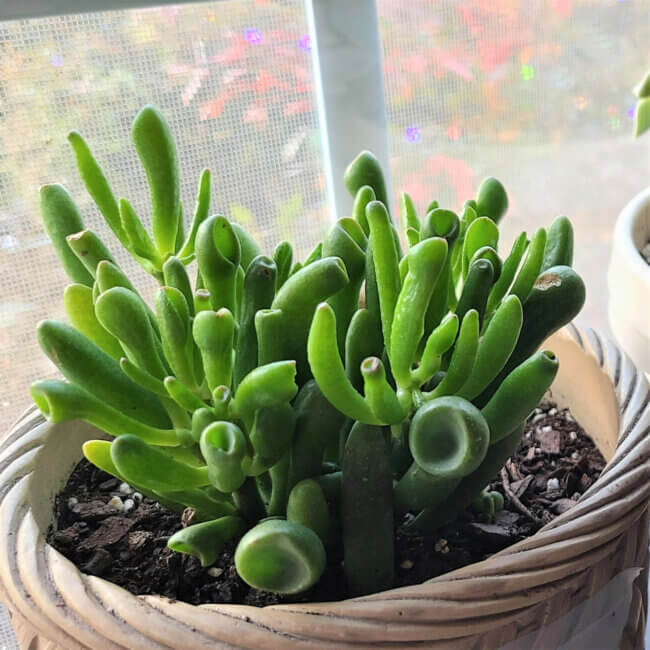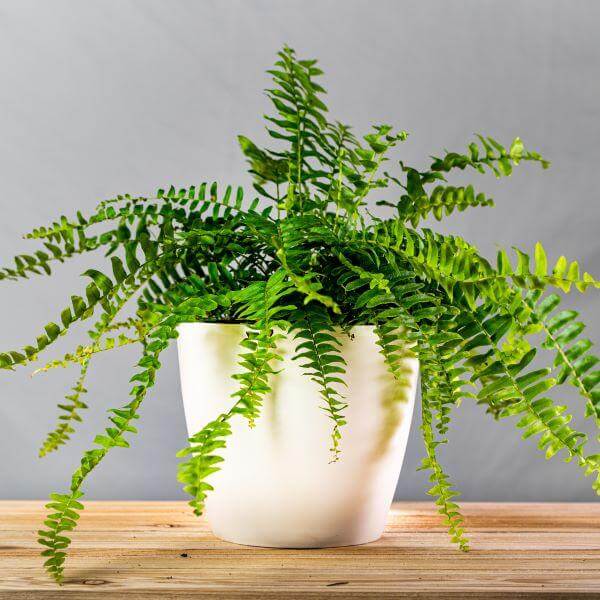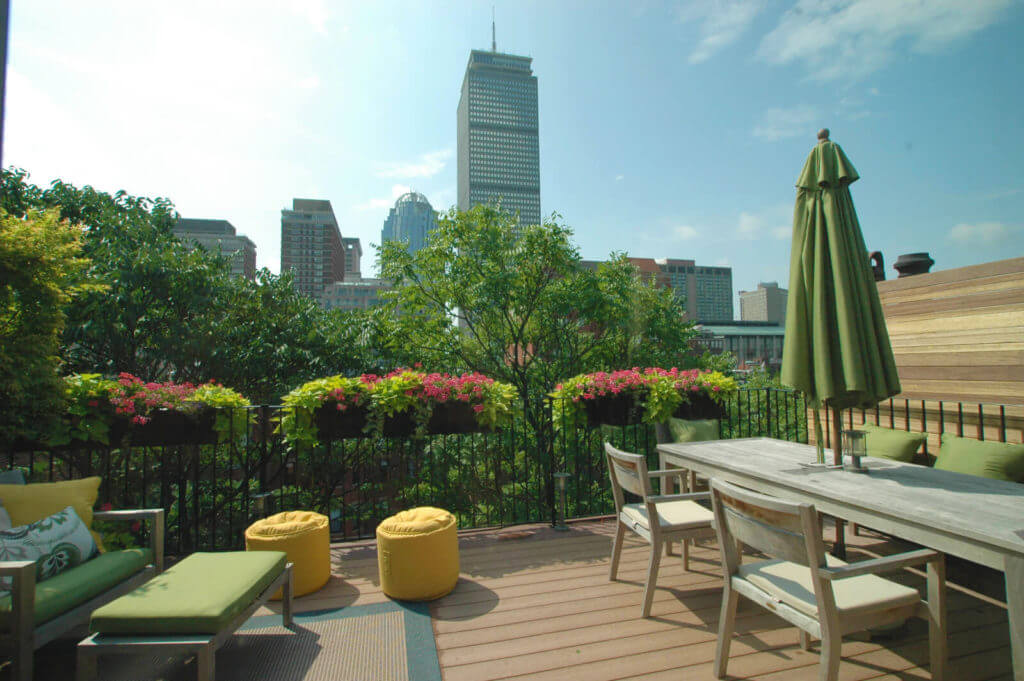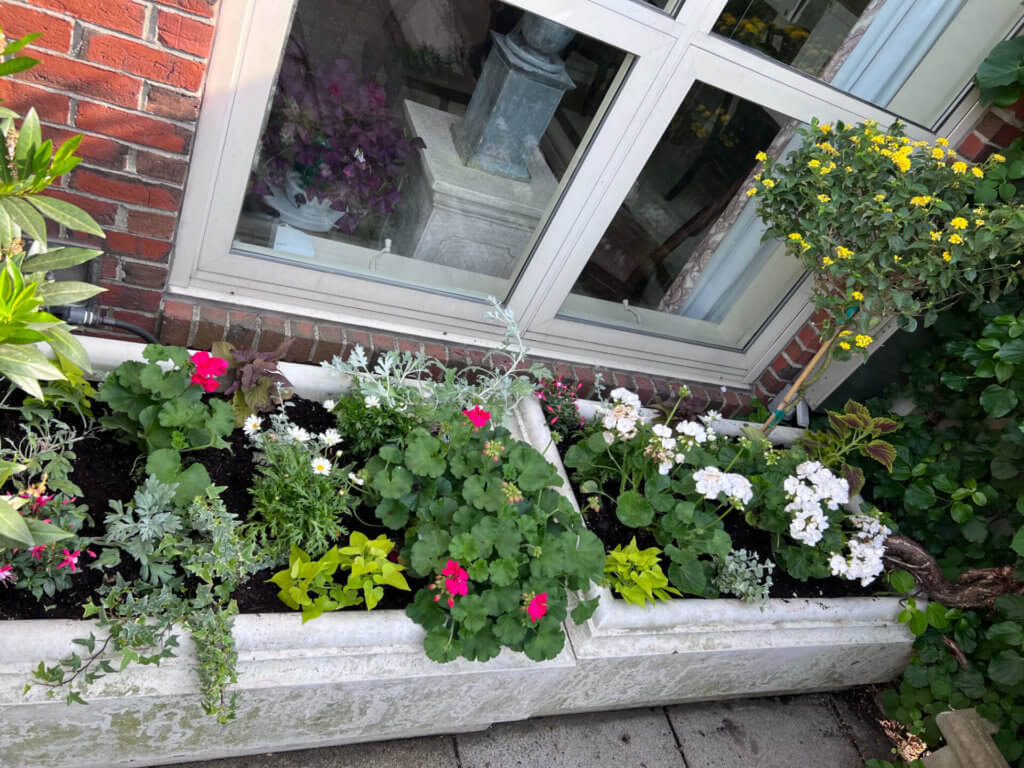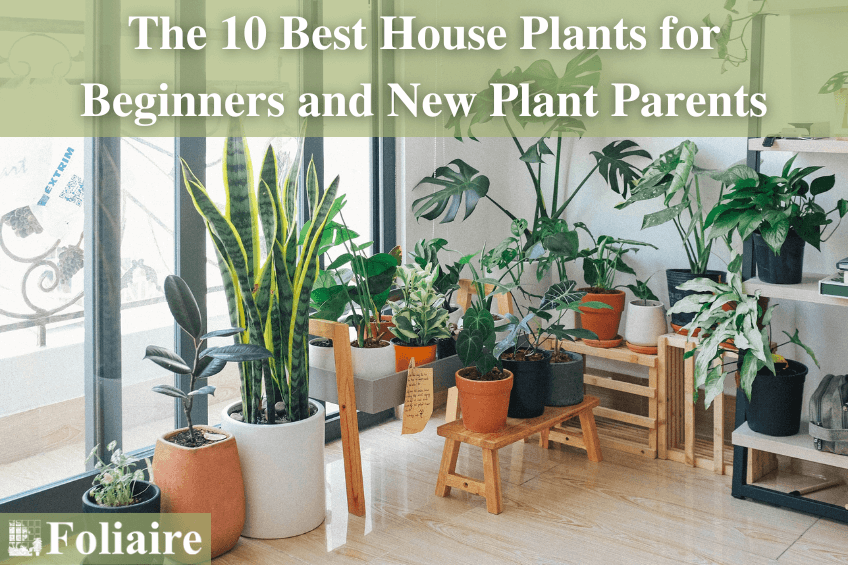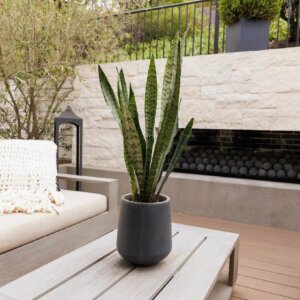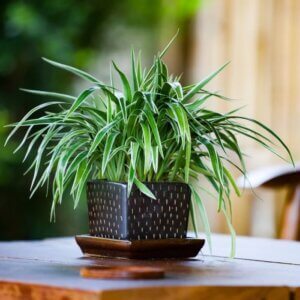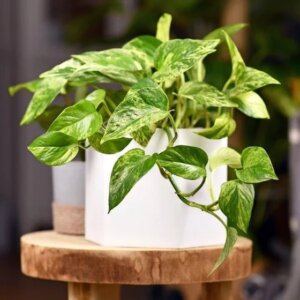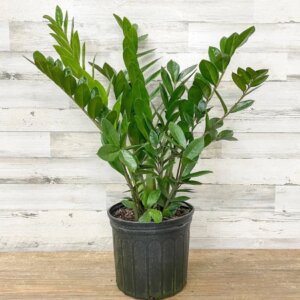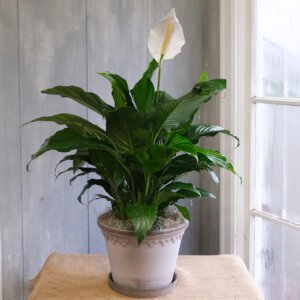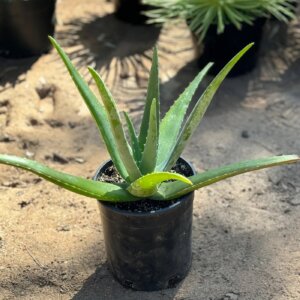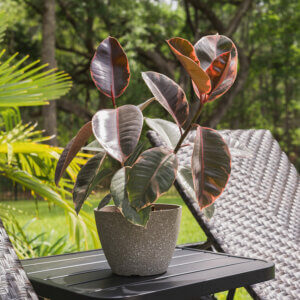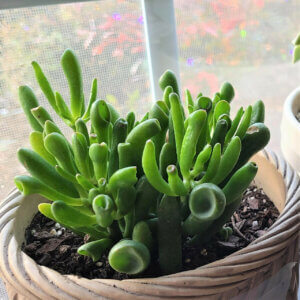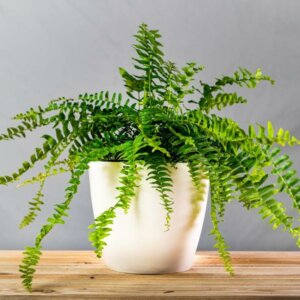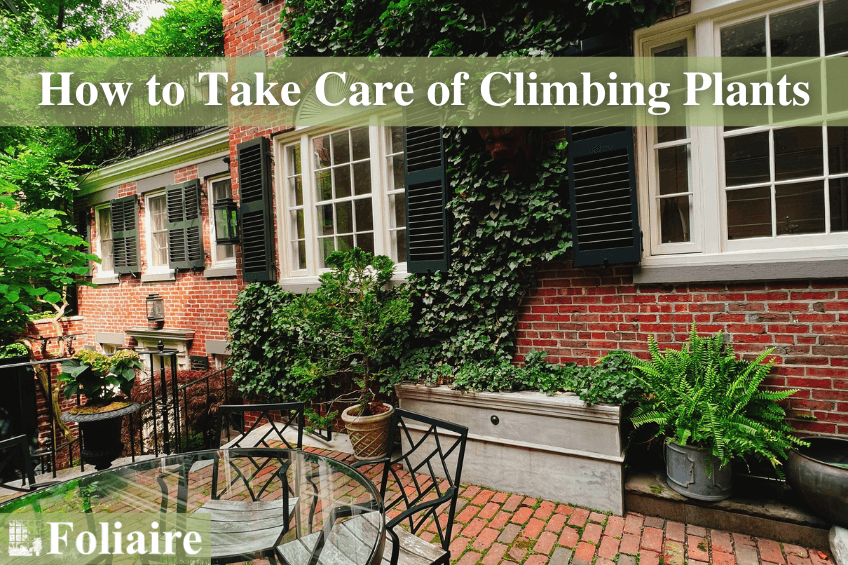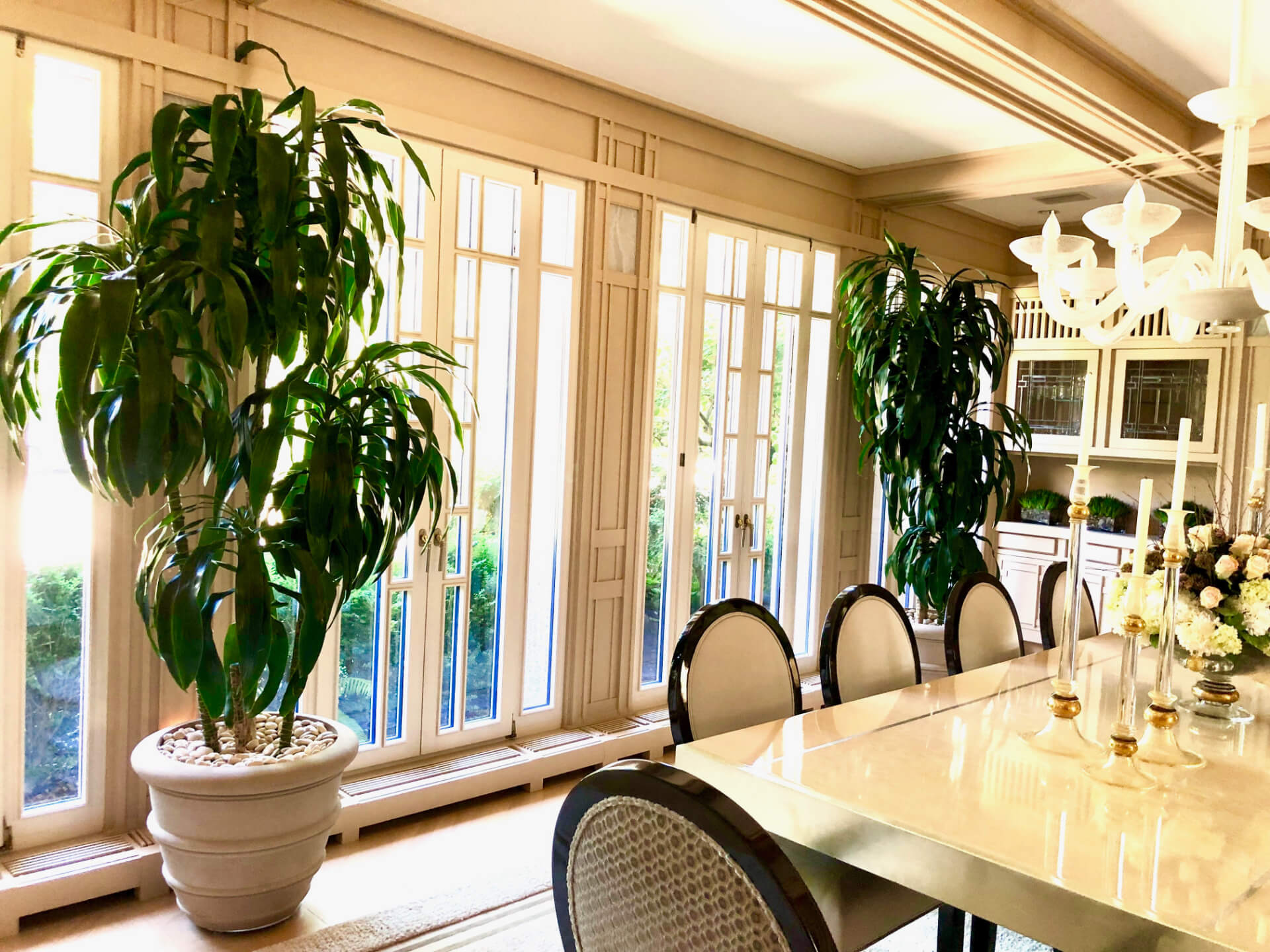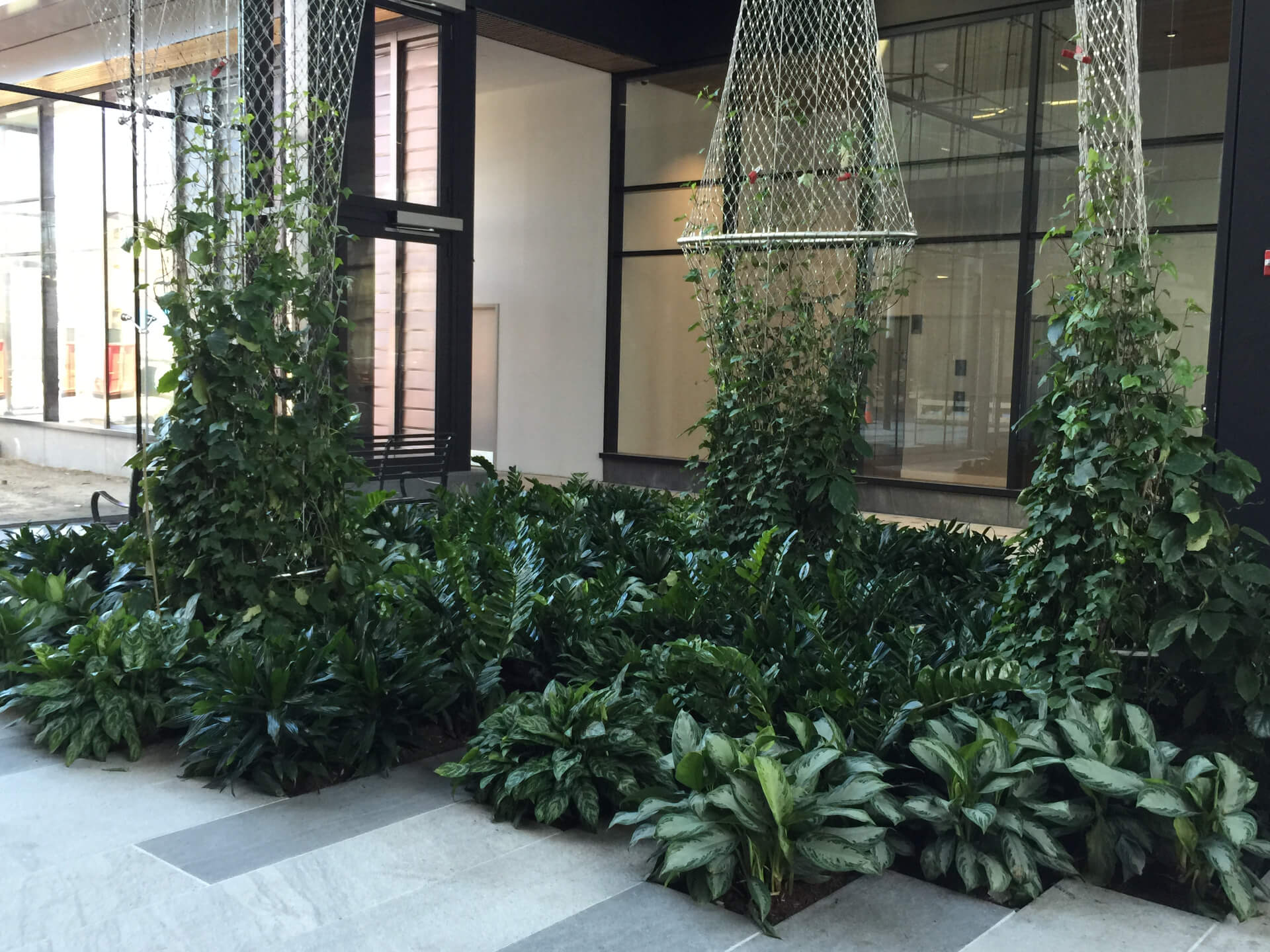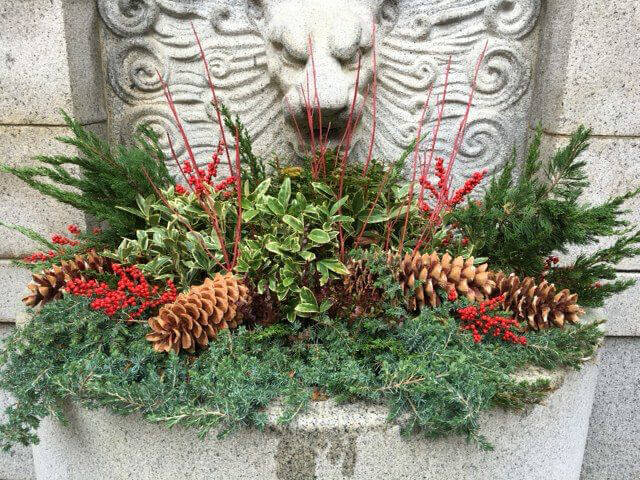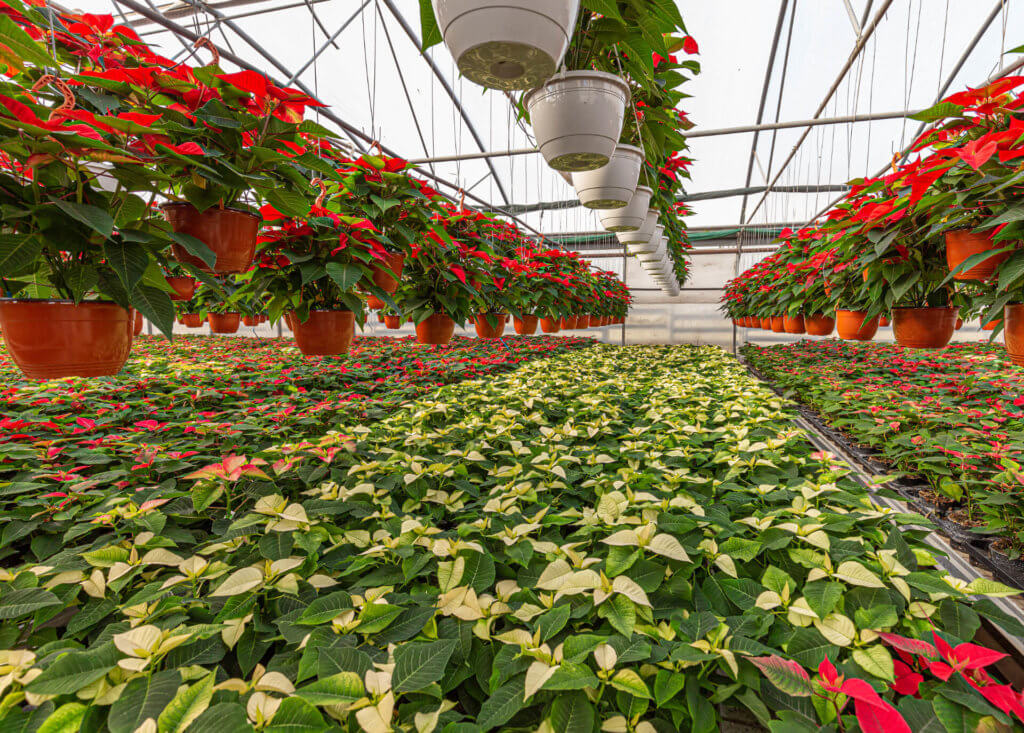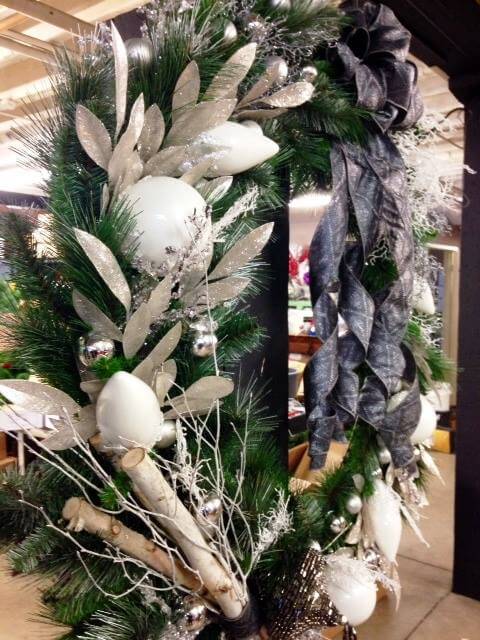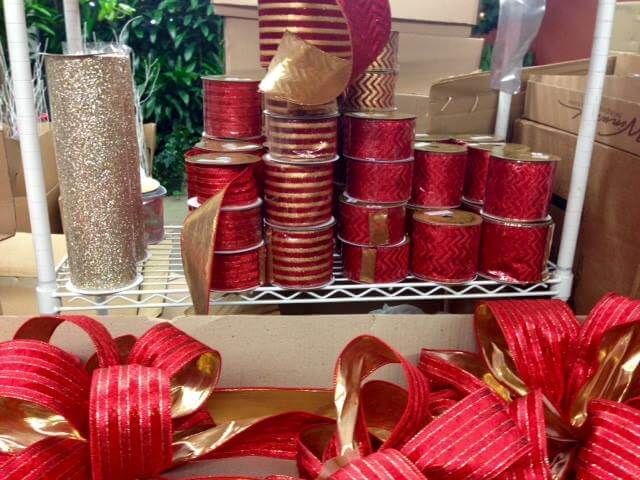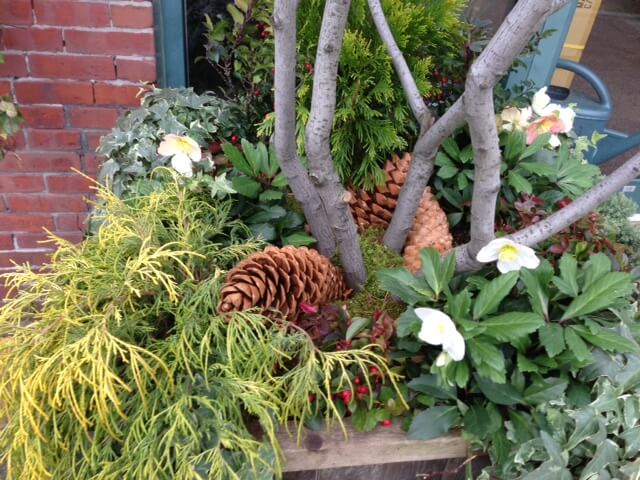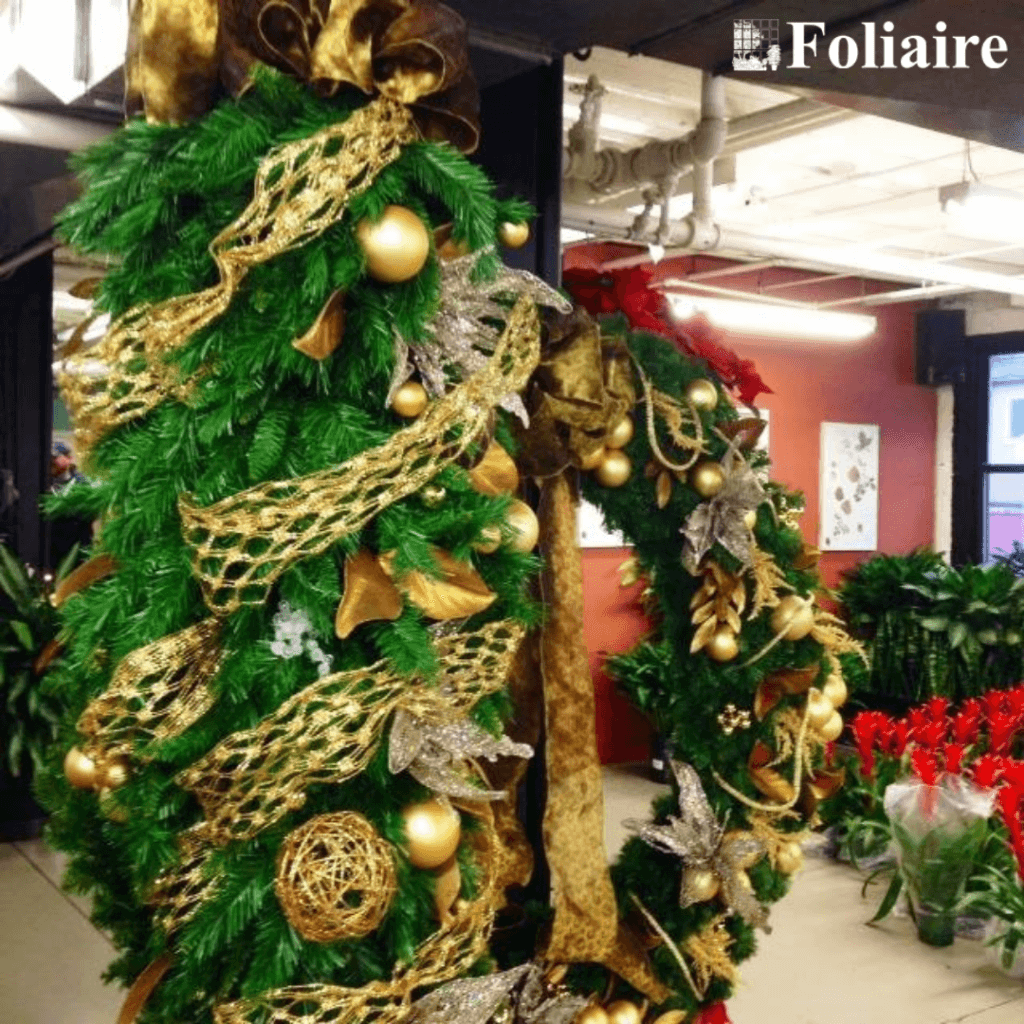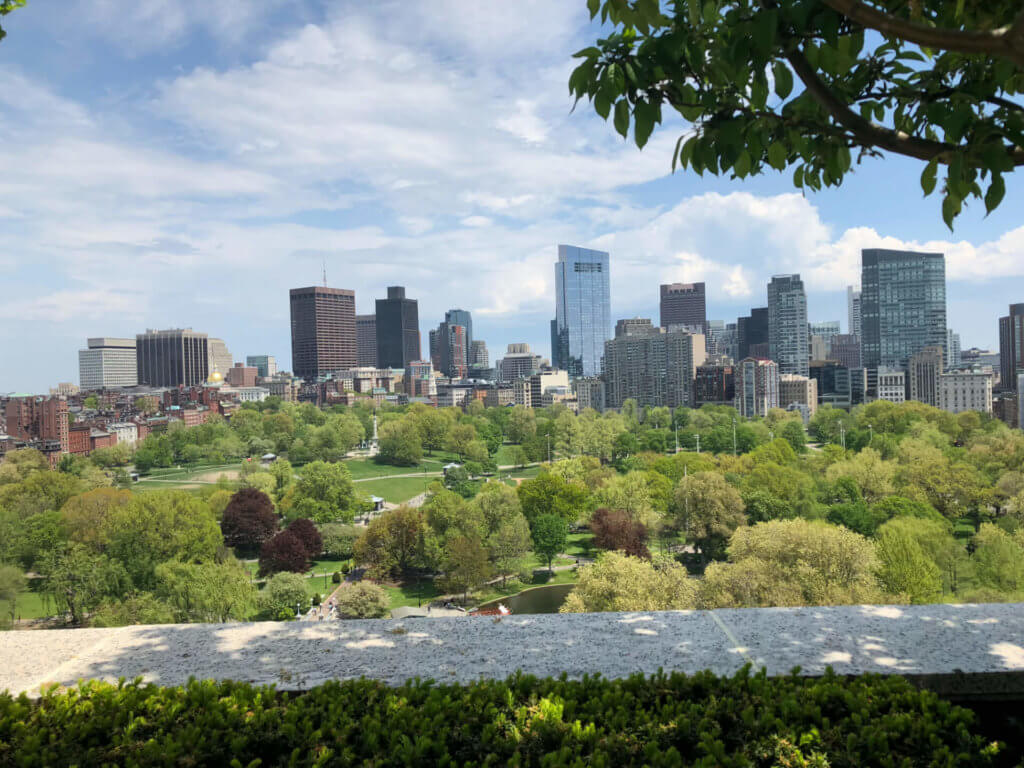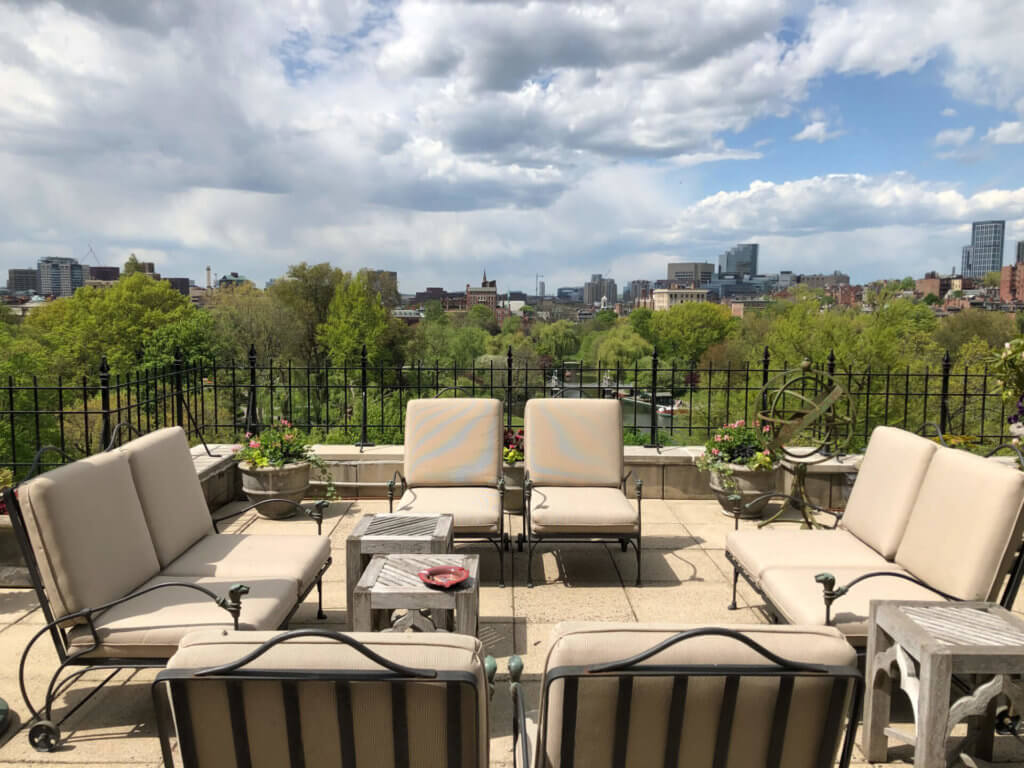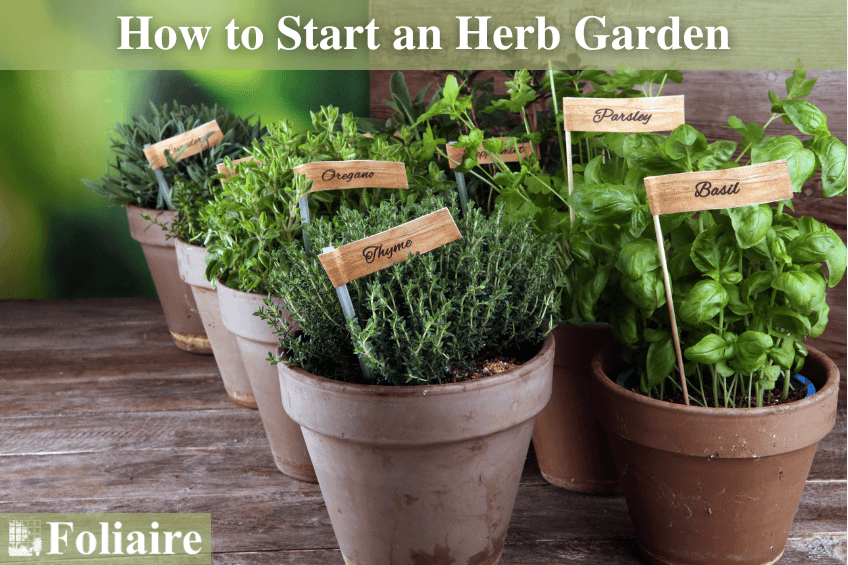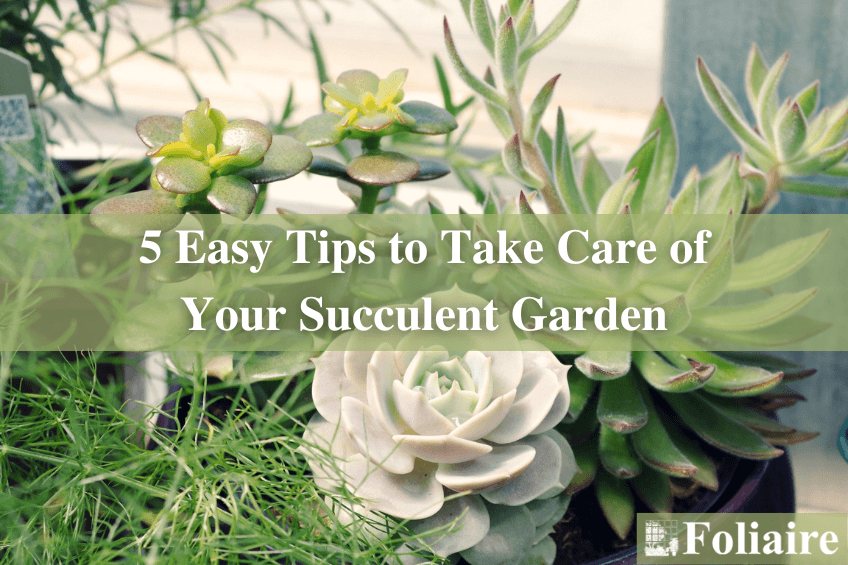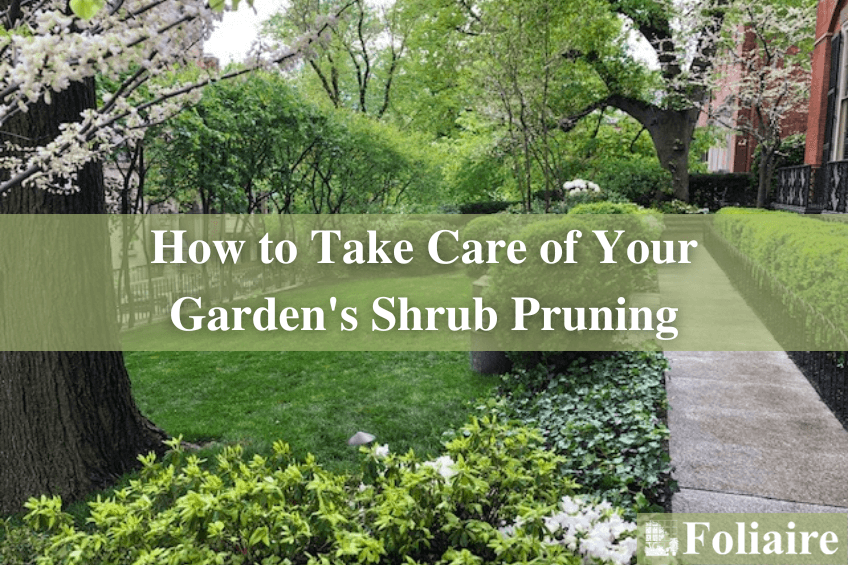Plant Care Tips: How to Take Care of Pothos Plants
In the bustling heart of our cities, where concrete jungles have replaced most of nature, pothos plants have emerged as a beacon of green tranquility. This hardy and versatile plant has carved out a niche for itself. Over time, it has become a staple in the urban garden landscape.
As urban gardeners look for ways to bring life to their spaces and urban landscaping companies innovate with green solutions, the pothos stands out as a symbol of urban gardening’s lush potential. Join us as we delve into the care and keeping of this beloved urban gardening plant, exploring how it can enhance your living space and contribute to your well-being.
What We’ll Cover:
- Overview of pothos plants
- Pothos plant care tips
- Common pothos FAQs
- Expanding your urban garden design
- Key takeaways
The Pothos Plant: An Overview
Known for its lush, trailing vines and heart-shaped leaves, the pothos plant, or Epipremnum aureum, offers a breath of fresh air to the compact living spaces and office desks of urban dwellers. Its popularity stems not only from its striking appearance but from its remarkable resilience and adaptability, thriving with minimal care. This hardiness makes it an ideal choice for both seasoned and novice gardeners alike seeking to infuse their urban environments with a touch of nature’s serenity.
Variety
Varieties of pothos offer a spectrum of colors and patterns. These range from the classic green of the Jade Pothos to the variegated splendor of the Golden Pothos and the strikingly patterned leaves of the Marble Queen. Each variety brings its own unique aesthetic, capable of complementing any urban interior design. This diversity ensures that there’s a pothos plant to match every urban gardener’s taste. Its range is behind the plant’s popularity and widespread recommendation by urban landscapers.
Durability
Its appeal is not solely aesthetic; pothos plants are renowned for their hardiness and minimal care requirements, thriving even when neglected. They’re capable of adapting to a range of light conditions, from the low light of an apartment corner to the bright, indirect light of an office window. This resilience makes them an ideal choice for the urban gardening planters and busy lifestyles of city dwellers, who may not always have the time for intricate plant care routines.
Air Quality
Beyond its beauty and ease of care, the pothos plays a vital role in purifying the air, removing toxins such as formaldehyde, xylene, and benzene from indoor environments. This attribute aligns perfectly with the goals of urban landscaping companies to create healthier, greener living spaces in dense cityscapes. Through its presence, the pothos plant enriches urban life, offering a slice of serenity and a breath of fresh air amidst city living.
Do you need help expanding your garden?
Pothos Plant Care Tips
Caring for pothos plants goes beyond providing them with just the right amount of water and light; it involves understanding their growth patterns and needs throughout their lifecycle. Here are some comprehensive care tips that will help your pothos thrive in any urban setting, making them a lush, lively part of your urban landscape design:
Feeding
Pothos plants are not heavy feeders, but they do benefit from regular fertilization during their active growth period in spring and summer. A balanced, water-soluble fertilizer, diluted to half the recommended strength, applied once a month, will support their growth without overwhelming them. During the fall and winter, when growth naturally slows, fertilizing can be reduced to once every other month or even paused, aligning with the plant’s rest period.
Pruning
Regular pruning not only keeps your pothos looking neat but also encourages the plant to become fuller by branching out. When vines grow too long or start to look leggy, trim them back to just above a leaf node. These cuttings can be easily propagated in water, allowing urban gardeners to expand their green space or share with friends. Pruning is a simple yet effective way to maintain the desired shape and size of your pothos, fitting perfectly into your urban gardening planters and spaces.
Repotting
Pothos plants will eventually outgrow their pots, typically every 1-2 years. You’ll know it’s time to repot when you see roots growing out of the drainage holes or when the plant dries out more quickly than usual. Choose a new pot that is one size larger than the current one and has good drainage. Repotting provides fresh soil and more room to grow, which is essential for continued health and vigor.
Pest Management
While pothos are generally resilient, they can occasionally fall prey to pests such as mealybugs, spider mites, and scale. Regular inspection of your plants and maintaining cleanliness can prevent infestations. If pests are detected, treat them promptly with insecticidal soap or neem oil, ensuring the problem is addressed before it can spread.
Adhering to these care tips will ensure your pothos plants are not only surviving but actively thriving within your urban garden. The simplicity of pothos care, coupled with their adaptability, makes them a favorite among urban landscapers and a delightful addition to any indoor space, contributing to a greener, more vibrant environment.
Common Pothos Plant Problems and Solutions
Even the hardy pothos can encounter a few common issues, especially when adjusting to life indoors. By understanding these potential problems, urban gardeners can ensure their pothos plants remain healthy and vibrant components of their urban landscape design. Here are some typical challenges and how to address them:
1) Yellowing Leaves
One of the most common signs of distress in pothos plants is yellowing leaves. This issue can stem from a variety of causes, including overwatering, poor drainage, or lack of nutrients. To combat this, ensure your pothos is planted in well-draining soil, adjust your watering schedule to allow the soil to dry out between waterings, and consider a balanced fertilizer to address any nutrient deficiencies.
2) Leggy Growth
Pothos plants can become leggy and stretched out when they’re not receiving enough light. While pothos are known for their shade tolerance, too little light will hinder their growth and vibrancy. If you notice leggy growth, move your plant to a brighter location where it can receive indirect sunlight. Pruning back the leggy vines encourages fuller, healthier growth.
3) Pest Infestations
Like many indoor plants, pothos can sometimes attract pests such as mealybugs, spider mites, and scale insects. These pests can be managed by wiping down the leaves with a solution of mild dish soap and water or using neem oil as a natural pesticide. Regular inspections of your plant can help catch any infestations early before they become severe.
4) Root Rot
Root rot, often a result of overwatering, is a serious condition that can quickly jeopardize the health of your pothos. If you suspect root rot, remove the plant from its pot and inspect the roots. Healthy roots are white and firm, while rotted roots will be brown and mushy. Trim away any affected roots and repot the plant in fresh, well-draining soil, adjusting your watering habits to prevent future occurrences.
By addressing these common problems with the appropriate solutions, urban gardeners can ensure their pothos plants continue to thrive, adding a lush, green element to their urban gardening planters and spaces. Keeping pothos healthy not only enhances their aesthetic appeal but also maximizes their air-purifying capabilities, making them invaluable allies in creating greener, more breathable urban environments.
Get expert plant care tips today
Incorporating Pothos into Your Urban Garden Design
The versatility and aesthetic appeal of pothos plants make them an excellent choice for enhancing any urban garden design. Whether you’re an experienced urban landscaper or a budding urban gardener, incorporating pothos into your indoor spaces can transform them into vibrant, green sanctuaries. Here are some creative ways to integrate pothos into your urban environment:
1) Hanging Planters
Utilize the natural trailing habit of pothos by placing them in hanging planters. Pothos vines can cascade beautifully, adding depth and dimension to your indoor spaces. This approach is particularly effective in small apartments or offices where floor space is limited.
2) Living Walls
Incorporating pothos into a living wall can create a stunning visual impact. Urban landscaping companies often employ living walls to breathe life into commercial and residential spaces alike. Pothos, with its robust growth and minimal care requirements, is an ideal candidate for these installations. It contributes to the creation of a lush, vertical garden that purifies the air and enhances well-being.
3) Shelf and Mantle Accents
Pothos can be artfully arranged on shelves, mantles, or in wall-mounted containers, where their vines can drape elegantly. This arrangement both brings a touch of nature into your home or office and allows for easy maintenance.
4) Workspace Greenery
For those looking to green their workspaces, pothos plants offer a low-maintenance solution. Placed on desks, bookshelves, or filing cabinets in stylish urban gardening planters, they can improve air quality and add a refreshing pop of color, making the work environment more pleasant and inviting.
5) Mixed Planters
Combine pothos with other indoor plants that have similar light and water requirements in large floor planters. Planters create a rich, multi-textured display that can serve as a focal point in any room. Mixing different varieties of pothos can also add visual interest and contrast.
Incorporating pothos into your urban garden design not only enhances the aesthetic appeal of your indoor spaces but also promotes a healthier, more inviting environment. With their air-purifying qualities and ease of care, pothos plants stand out as a top choice for urban gardeners looking to add a touch of green to their lives. You can include them in hanging planters, living walls, and creative arrangements. Whatever you choose, pothos can significantly contribute to your urban indoor landscapes.
Key Takeaways
Pothos plants enhance the aesthetic appeal of indoor space. They also contribute significantly to improving air quality and creating a more serene and inviting atmosphere. Their ability to be styled in numerous ways—from hanging planters to living walls—allows for creative expression in urban landscaping. The endorsement of pothos by urban landscaping companies speaks to its role in promoting healthier, greener urban spaces.
Contact us today for a free plantscaping consultation
View Our Other Plant Care Tips
For more guidance on creating the perfect environment for your houseplants or to explore more about indoor landscape design, visit Foliaire’s wealth of resources. Let us help you cultivate an indoor oasis that brings beauty, health, and well-being into your everyday life.
- Ferns
- Tropical Plants
- Philodendrons
- Fiddle Leaf Figs
- Lawn and Garden
- Top 10 Pet-Safe House Plants
- Why Are My House Plants Dying?
- Top 10 House Plants for Beginners
- How to Find the Best Garden Decor
- What Is The Ideal Humidity for House Plants?
- What’s the Difference Between Plantscaping and Landscaping?
Boston’s #1 Choice for Indoor Landscape Design
Foliaire is a full-service interior and exterior greenscape design-build firm in Boston’s historic South End. For over 40 years, we’ve provided award-winning interior plantscaping services in the Boston Metro area.
We customize and plan our roof garden projects and interior plantscaping to fit your unique space and tastes. That’s how we’ve built a reputation of unparalleled style and elegance for corporate plantscaping and residential community projects.
In addition, we’ve received several environmental design awards and have appeared in several publications. You can find us in Architectural Digest, House and Garden, Horticulture, and Interiorscape.
Follow us on social media @Foliaire for more valuable plant care advice:

